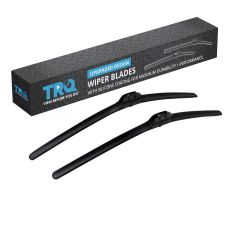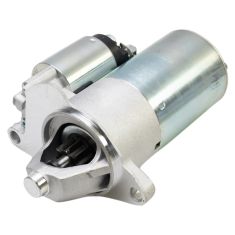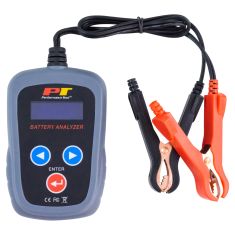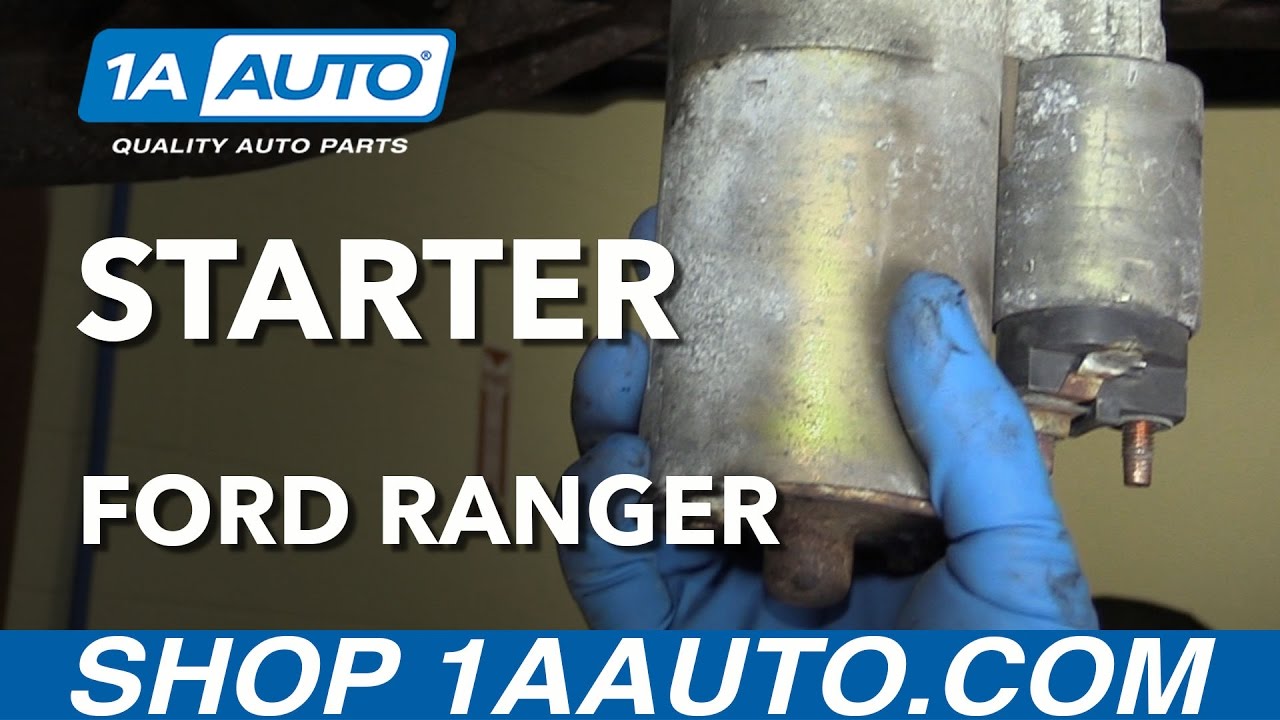1AEST00451-Ford Mazda Mercury Starter TRQ STA03025
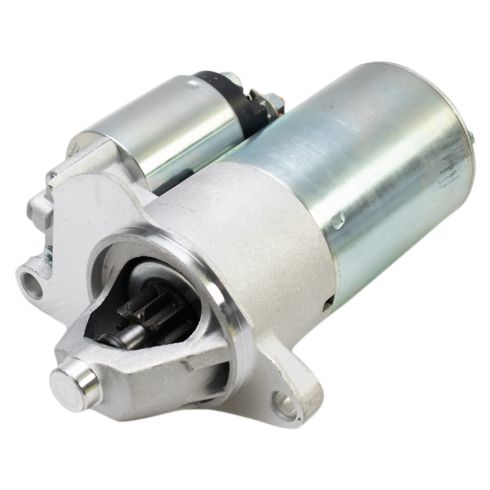




Replaces
2009 Mercury Mountaineer V6 4.0L Starter TRQ STA03025



Recommended for your 2009 Mercury Mountaineer
Frequently bought together
Product Reviews
Loading reviews
Customer Q&A
No questions have been asked about this item.
Mercury is a registered trademark of Ford Motor Company. 1A Auto is not affiliated with or sponsored by Mercury or Ford Motor Company.
See all trademarks.





